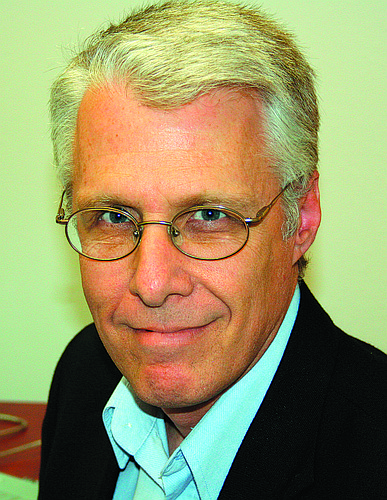- April 18, 2024
-
-
Loading

Loading

The state of Florida is facing another budget shortfall for next year of about $2 billion. The biggest expense by many multiples is employees. And as it enters this fifth year of budget cuts, legislators will have to look at reducing employee costs again to close the gap.
This time, it will be the soaring costs of health-care benefits. All the same dynamics are in play that were during last year’s battles over pension benefits — painful, personal, political and ultimately necessary.
And fair. A Kaiser Family Foundation study found that most state workers — those in the “career service” group — pay about $2,160 in annual insurance premiums for family health-care coverage. That compares to about $4,000 average nationally. In other words, state workers are paying about half for health-care coverage that the rest of us are — the rest being picked up by taxpayers. And those state plans have lower deductibles and better coverage than most private-sector plans.
Buck Consultants, hired by the Legislature to review the health-care benefits system for public employees, reports that state employees have more generous coverage than almost anything in the private sector. Buck further spells out some stark math. The state spent $1.9 billion last year on health insurance for 177,000 active and retired employees — a cost that will rise to $3.1 billion in 2014 if nothing is done.
So if the state does nothing to change how it pays for health care for its employees, it will need to come up with another $1.2 billion in two years just for that expense. In short, health-care costs are an annual wrecking ball on the state budget.
Legislative leaders looking at that reality rightly conclude that it is better to attack the problem now rather than wait until, inevitably, it becomes worse — much more expensive and more politically difficult to reform.
The biggest obstacle to getting the math to work will be the same as last year and the same as in most government jurisdictions facing unsustainable employee benefit costs. That obstacle: powerful government unions.
Remember: When government unions fight against management, they are not really fighting Gov. Rick Scott and the Legislature. They are fighting taxpayers.
This isn’t Ford that must come up with money to appease the United Auto Workers. This is the government that is being pushed to come up with more taxpayer money for union members. The unions are fighting to take more money out of your pocket.
The fix will not be easy to accomplish. Part of the proposal probably will be higher employee contributions to their health insurance and perhaps higher deductibles. But Scott and legislators are also looking at using basic consumerism instincts to help reign in the costs by reconnecting the user with the payer more directly.
The Buck report concluded that the current “paternalistic” system creates a dynamic that allows employees to be “passive and perhaps even entitled, with little concern about costs.” That is one of the underlying drivers of health-care costs nationally.
The cost of health care has been increasing far too fast, in part because of this separation, which also leads to higher utilization of health care. That combination is a financial killer.
The thinking on using consumerism goes like this: Whether it is car insurance or home insurance, we all generally shop around for the best insurance deal and take care of what we have to limit claims and higher premiums. We do that unless someone else is paying the bill, which is how it works now.
So an additional way to change the dynamics of ballooning costs is to have a low-premium, high-deductible option that includes a health-savings account. The state would chip in $1,000 annually into the HSA for family coverage and in a young family’s healthy years, the money would pile up tax free to be used in later years. So younger, healthier people save money for when they need it and have an added incentive to live healthier lives.
That plan is already available, thanks to former Gov. Jeb Bush, but only about 1,400 state employees use it. That’s because the other option is just so good. Too good to afford. And unfortunately for state workers, that will have to change.
Rod Thomson can be reached at [email protected].